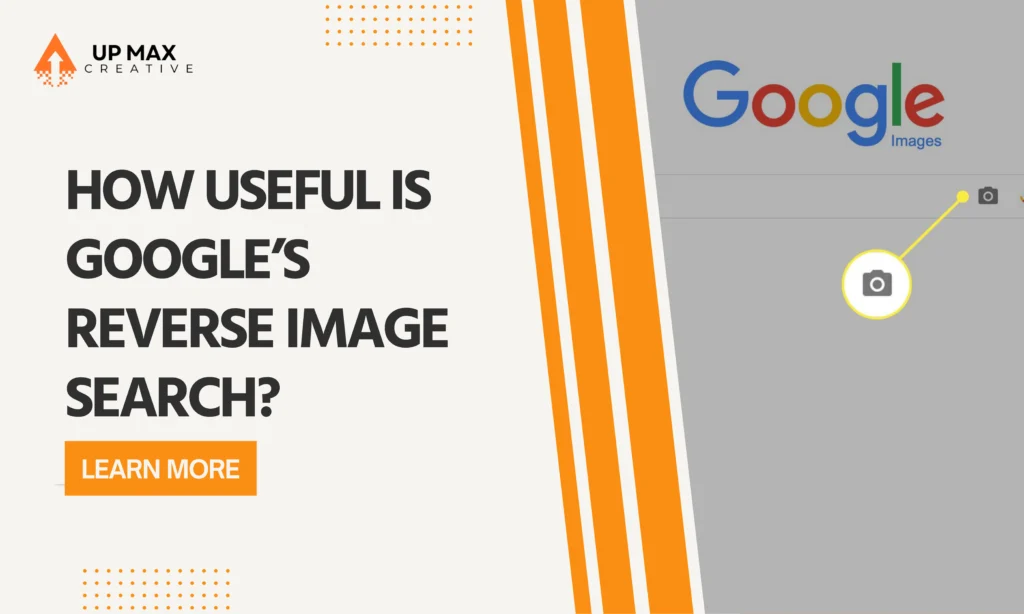
Google’s Reverse Image Search, launched in 2011, revolutionized the way we search for information online. Unlike traditional text-based searches, this tool allows users to search using an image as the query. Whether you’re trying to identify a plant, find the origin of a photograph, or verify the authenticity of an image, Google’s Reverse Image Search offers a unique approach. But how effective is it? Let’s delve into its features, benefits, limitations, and practical uses.
Understanding Google’s Reverse Image Search
Google’s Reverse Image Search works by analyzing the visual content of an image rather than relying on text-based keywords. When you upload an image or enter its URL, Google examines the image’s distinctive points, colors, lines, and textures to generate a query. This query is then compared with billions of images indexed by Google to find matches and related content.
How to Use Google’s Reverse Image Search
There are multiple ways to perform a reverse image search:
Using Drag and Drop: Go to Google Images, drag your image from your device, and drop it into the search box.
Using Image URL: Right-click on an image online, copy its URL, and paste it into the search box.
From the Source Picture: Right-click an image on a webpage and select “Search Google for image”.
Benefits of Google’s Reverse Image Search
Identifying Objects and Places: Perfect for identifying unknown objects, plants, animals, and places captured in an image.
Finding Image Sources: Useful for locating the original source of an image, which is invaluable for verifying authenticity and checking copyrights.
Discovering Related Content: Helps in finding visually similar images and related information, making it easier to gather comprehensive data about the image subject.
Comparing Reverse Image Search Platforms
Google isn’t the only player in the reverse image search game. Here’s how it stacks up against other platforms:
Bing: Offers similar functionality with added features like image cropping before searching.
TinEye: Specializes in high-quality reverse image searches, ideal for intellectual property investigations.
Yandex: Known for its powerful search capabilities, especially for obscure and hard-to-find images, thanks to its extensive local database and sophisticated algorithms.
Limitations and Misconceptions
Despite its powerful capabilities, Google’s Reverse Image Search has its limitations:
Not a Visual Recognition Tool: While it can find visually similar images, it may not always recognize specific objects within an image.
Scope and Accuracy: Its effectiveness depends on the availability of similar images in Google’s database. It might not perform well with unique or less popular images.
Privacy Concerns: Uploaded images may be stored temporarily by Google to improve its services, although they are not linked to your search history.
Practical Applications
Tracking Image Usage: Photographers and artists use reverse image search to check if their work is being used without permission.
Research and Verification: Journalists and researchers utilize it to verify the authenticity and origin of images, which is crucial in combating misinformation.
Shopping and Fashion: Users can find similar products or fashion items available online by searching with an image.
Future Developments
The future of Google’s Reverse Image Search looks promising with advancements in AI and machine learning. Google is working towards enhancing the tool’s ability to understand context within images, which could significantly improve its accuracy and usefulness. Future developments might include more precise recognition of objects, brands, and even scenes within images, providing deeper insights and more personalized search results.
Conclusion
Google’s Reverse Image Search is a powerful tool with a wide range of applications, from verifying the authenticity of images to identifying unknown objects. While it has its limitations, ongoing advancements in AI and machine learning promise to enhance its capabilities further. For anyone needing to dig deeper into the origins and context of an image, this tool is invaluable.
FAQs
How does Google’s Reverse Image Search work?
Google analyzes the visual elements of an image to generate a query, which is then compared with billions of images in its database to find matches and related content.
Can Google’s Reverse Image Search identify specific objects within an image?
While it can find visually similar images, it may not always recognize specific objects within an image, as it focuses on visual similarity rather than detailed recognition.
Is Google’s Reverse Image Search available on mobile devices?
Yes, you can use it on mobile devices through the Google app or Chrome browser by selecting the “Search Google for this image” option.
What are some alternatives to Google’s Reverse Image Search?
Alternatives include Bing’s visual search, TinEye, and Yandex, each offering unique features like image cropping and specialized search capabilities.
How does Google handle the privacy of uploaded images?
Google states that uploaded images may be stored for seven days and used to improve its services, but they are not linked to your search history.
What future developments can we expect in reverse image search technology?
Future improvements may include better context understanding, more precise object recognition, and enhanced personalized search results based on AI and machine learning advancements.